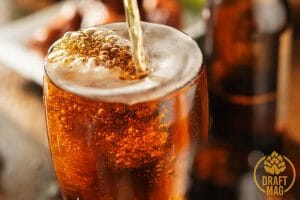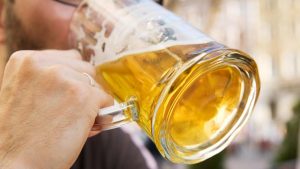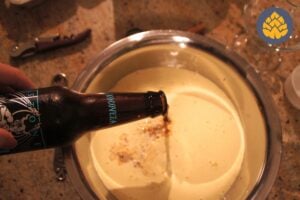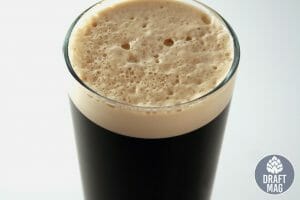Tannins in Beer: What Do They Taste Like in Your Brew?
Many wonder what tannins in beer are and what they taste like, especially since every beer enthusiast knows that there are different contributors to flavor and aroma. When all the aromas come together, they cause byproducts and micronutrients.
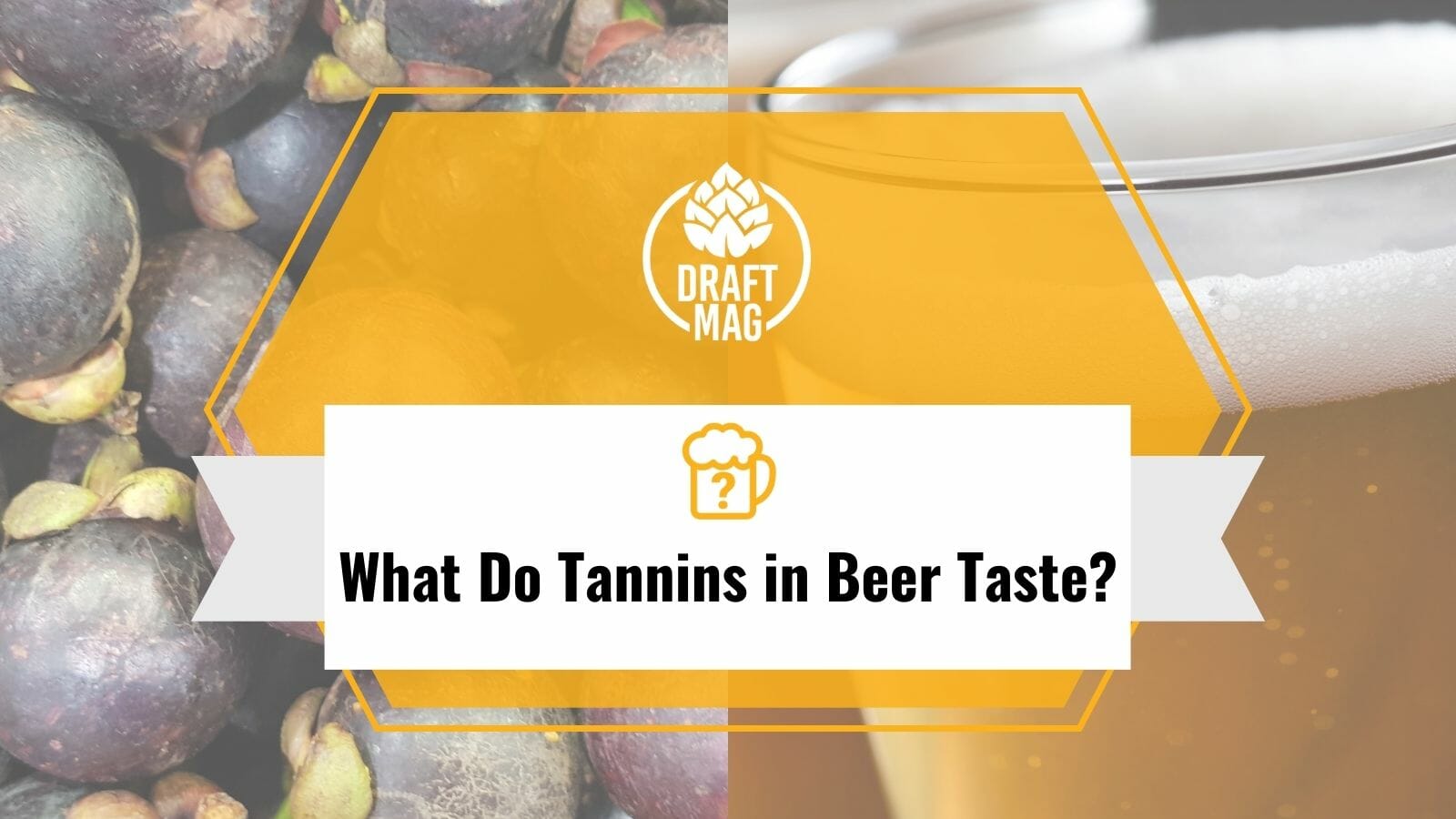
Due to this, you might notice different flavors and aromas as you drink your beer due to tannins. If you’re curious about tannins, our detailed article covers all the basics, so keep on reading to learn more.
What Are Tannins in Beer?
Tannins in beer are compounds found in grains, hops, fruits, and tree barks that occur naturally. These compounds link proteins and peptides in food and drink products together. Since grains and hops are used to make beer, there are normally tannins in this beverage.
Tannins work as an organic preservative and have been used as such for centuries. When they link to food or plant life, they naturally preserve it. Tannins are also used for tanning hides and preserving leather for centuries. When tannins are placed on food or drinks, it causes a bitter sensation, which was leveraged to protect fruits from plant-eating animals and prevent mold.
What Do Beer Tannins Taste Like?
Beer tannins taste dry and astringent. There is no taste that you can pinpoint, as you will sense tannins in your mouth rather than taste it. After drinking beer with a lot of tannins, your mouth will feel dry. It can also depend on the beer.
Tannins in beer taste astringent, which is a bit acidic or bitter. It causes a sensation in your mouth and reacts with your saliva. The protein in the saliva will coagulate, making it hard to lubricate the mouth, and this leads to a dry finish like many beers have.
Astringency in beers like IPAs is caused by tannins from hops, and this is present in the sharp taste.
– Amount of Tannins in Beer
There is a low amount of tannins in beer. The level of tannins found in beer is usually low, with 2/3 coming from the barley or grains and the rest coming from the husks of the hops. You can get between 150 and 330 mg of tannins per liter of beer.
In wheat beers, you get even fewer tannins because this beer does not have hops husk. If you get more tannins than the average level, the beer will taste very sour and astringent, which most beer lovers will be uncomfortable with. Tannins have the same effect in wine.
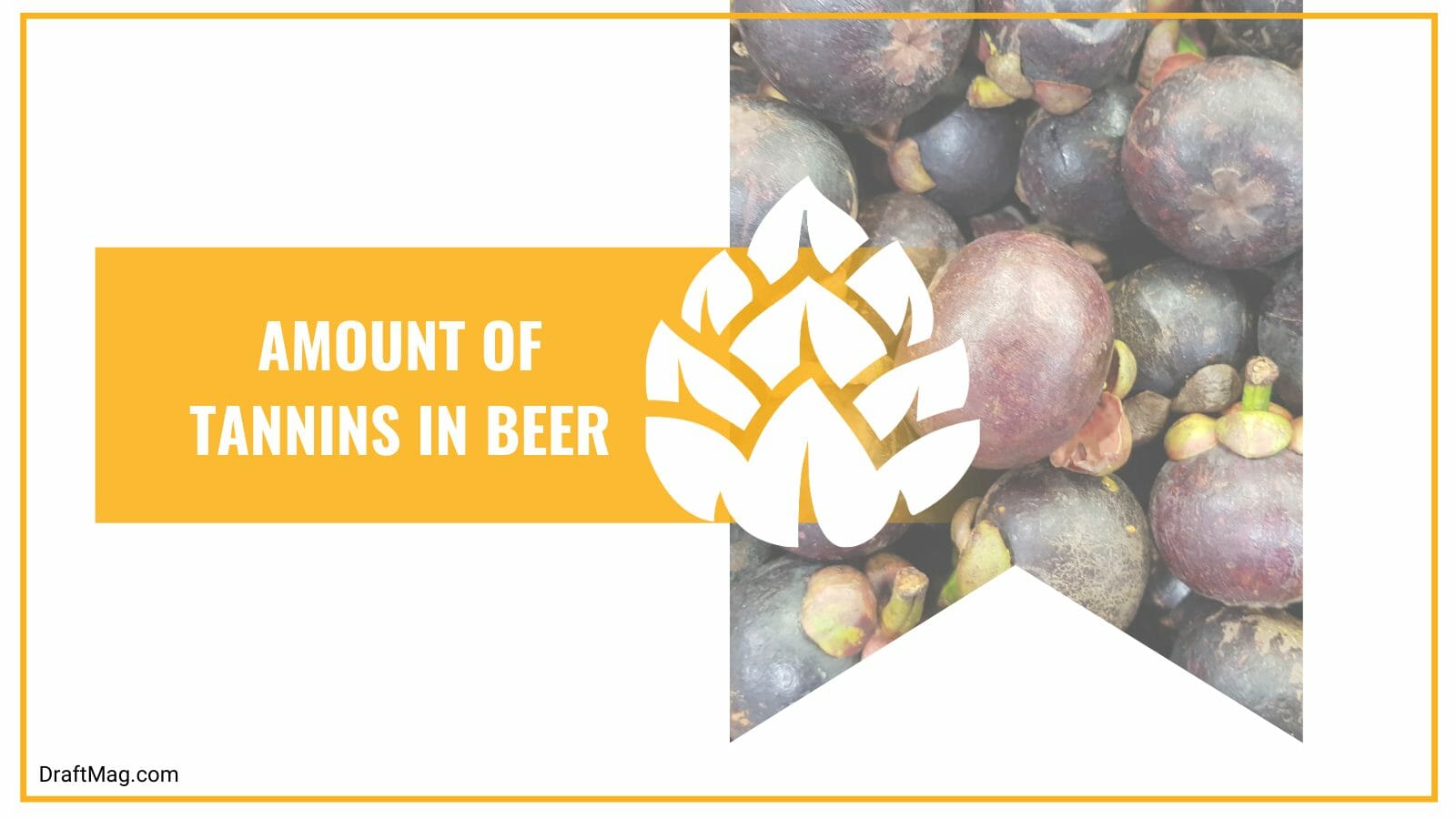
Tannins in wine are more balanced in flavor and aroma than in beer. This is because hops and other herbs already make beer bitter, so adding tannins intensifies it and can make it unpleasant if it is in excess.
You can find some red wine with tannins as high as 1,895 mg per liter, as this is an expected occurrence in wine. Other wines can have up to 544 mg. Tannins will dry your mouth out, but this is expected and appreciated in red wines. When looking at tannins in beer vs wine, the former clashes with other flavors.
How Do Tannins Get in Beer?
Tannins get in beer from the malts (find out more about beer malt types that “make” a beer’s unique taste), hops (learn about the different types of hops that add bitterness and spiciness), and adjuncts. All the ingredients of beer contain tannins, but the brewing process can be tailored towards reducing the level. For instance, PVPP or PolyClar AT is usually used in homebrewing for reducing tannins.
Tannins are found in seeds, and barley malt is made from seeds. Grain husks that are crushed or broken also get into the beer. Six-row barley malt has more tannins than two-row malts, as the former is less plump and heavier. Roasted malts and rice also contain a lot of tannins.
Hops also contain tannins. The leaves and vines of their plants come with tannins, as well as the strigs and bracts. Tannins also add bitterness to the hops.
In addition, wood contains tannins, so when a beer is aged in an oak barrel, it will contain a lot of tannins. This is why red wine is usually aged in the wood. Some herbs and spices have tannins too.
Do Tannins Change Beer’s Appearance?
Yes, tannins can change the beer’s appearance by giving it a chill haze. Haze is a type of effect you get when looking at some beers. With tannins, your beer can look cloudy or tend towards opaque instead of looking clear.
Tannins are able to change the appearance of beer because they react with the peptide and protein from the wort. Once the beer is finished, the reaction offers a hazy appearance. The haze could become worse if the proteins in the grain were not completely ground in the tun or fully transformed in the malt house.
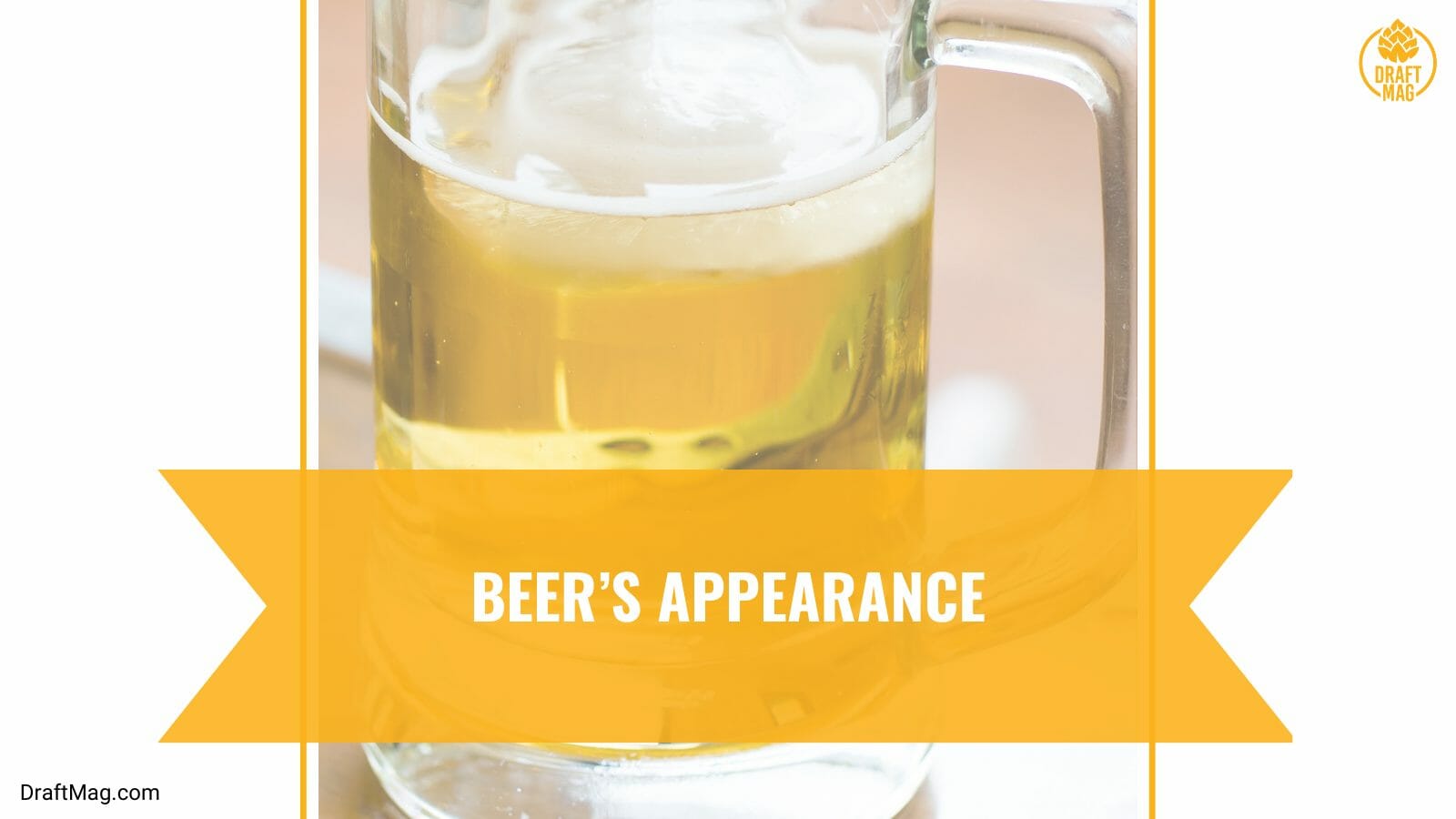
The haze caused by tannins is often called a chill haze. This is because haze is made up of proteins and polyphenols condensed together. The composition is more stable at cold temperatures, so when your beer is cold, it looks even hazier.
Keep in mind that some brewers can add tannins to their beer intentionally to stabilize the appearance. If you add 3 grams of tannin for every hectoliter of a boiling wort, you can stabilize proteins and make the beer clearer.
Are Tannins off Flavors in Beer?
Yes, tannins are off flavors in a beer, but not so much in wine and tea. Too much of one ingredient when brewing or not following the brewing process correctly can lead to a lot of tannins. Luckily, tannins are not easily detectable at low levels.
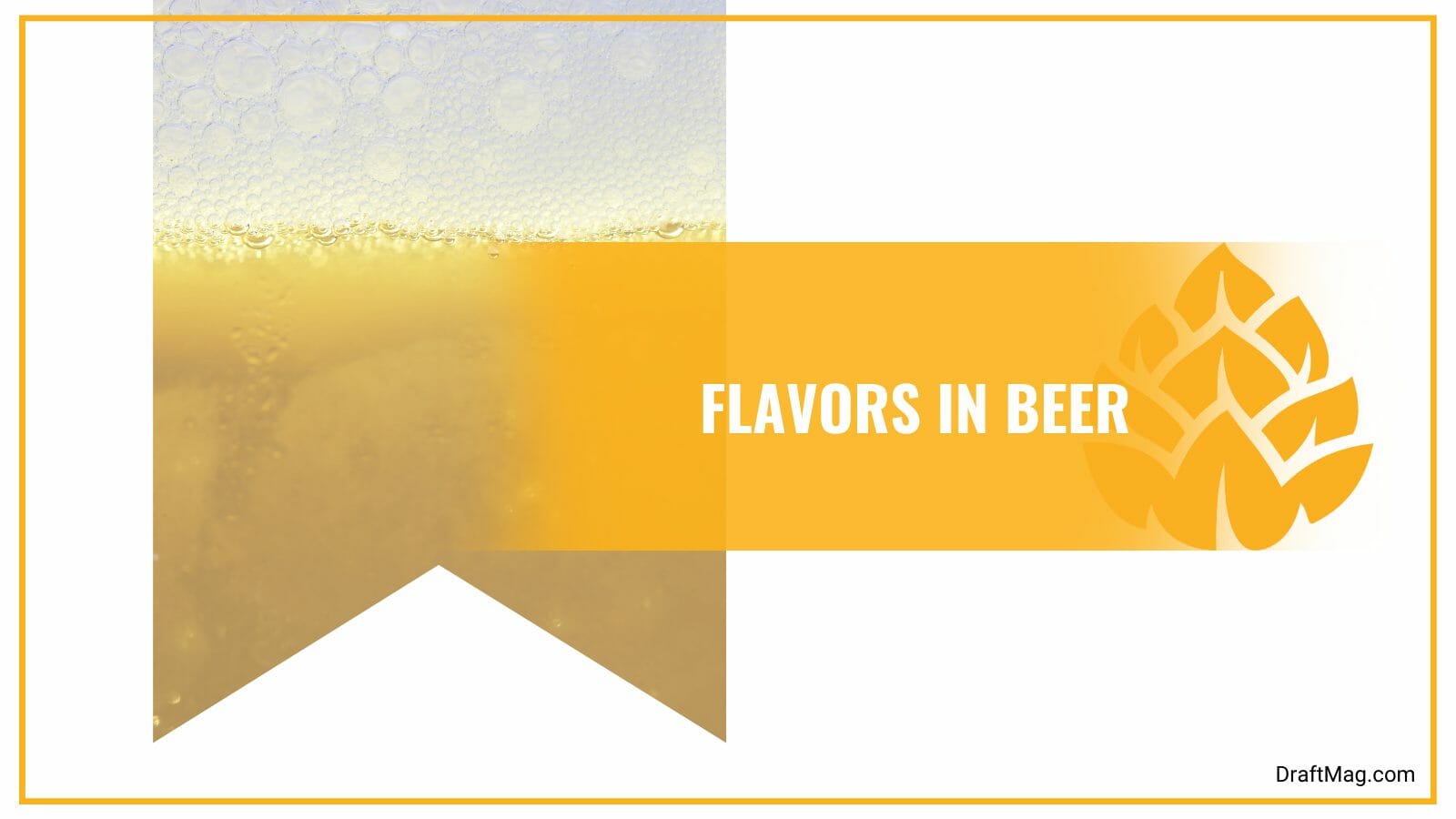
Although tannins are not an intentional part of the beer brewing process, they offer a preservative effect for beer. Also, when it is at low levels, the taste does not appear off but as part of the hops and grain. This is why many brewers wonder how to avoid tannins in beer so that it does not mess with the taste.
Do tannins cause beer to be bitter? Yes, tannins can cause the beer to be bitter. Tannins taste bitter and astringent and will give you a dry feeling on your tongue. If tannins are in excess, it will be hard to drink and enjoy a beer. This is why brewers keep them at low levels.
How Can You Prevent Tannins in Beer?
You can prevent tannins in beer by using a sparge water of up to 168 to 170 degrees Fahrenheit. Also, the temperature of the grain bed should be regulated to prevent the wort from extracting tannins. You cannot prevent it fully but can only reduce it to a reasonable level.
FAQs
1. What Kinds of Alcohol Do Not Have Tannins?
The kinds of alcohol that do not have tannins include white rum, blanco tequila, vodka, seltzers, and most liquors. Sake, which is Japanese rice wine, also has no tannins. Those that are sensitive to tannins can drink alcoholic beverages like this without worrying.
2. What Does Tannin Sensitivity Mean?
Tannin sensitivity means when a person has an intolerance to tannins. If such a person consumes tannins, it can cause digestive issues, swollen lips, bowel irritation, headache, or stomach ache. A person with a tannin allergy cannot drink beers that are high in tannins, as it will make them uncomfortable.
3. How Do Tannins in Beer Make Your Mouth Dry?
Tannins in beer make your mouth dry by linking themselves to the molecules in your salivary glands. This prevents your salivary gland from producing saliva to wet your mouth, and this causes a dry mouth. It occurs in tea, coffee, wine, beer, some fruits, and dark chocolate.
Conclusion
With our detailed guide on what tannins are in beer, you now know what you’re tasting when you drink your beer and can look out for it during brewing.
Check out this recap before you go:
- Tannins are natural compounds found in grain, hops, fruits, and tree bark.
- There are between 150 and 330 mg of tannins in a liter of beer.
- Tannins cause a feeling and taste of astringency and bitterness when drinking beer.
- It can cause your beer to have a chill haze appearance.
- It is obtained from the barley malts, grain husks, hops husks, roasted malts, rice, and new wooden oaks used to age beer.
As beer making continues to evolve, there might be a way to remove the tannins altogether and only enjoy the grains and hops. For now, just try to reduce them as much as you can.


